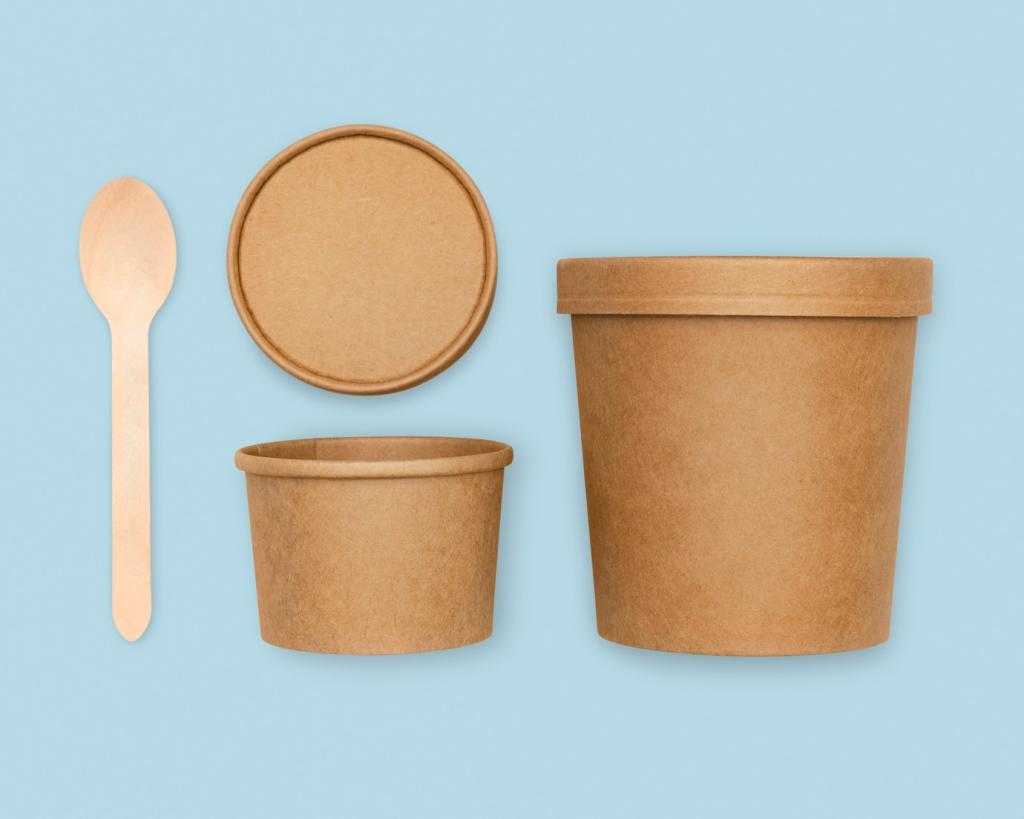Innovative Recycled Materials for Interiors
Discover the transformative power of innovation and sustainability with new recycled materials for interior design. As the demand for eco-conscious solutions rises, designers and homeowners alike are rethinking how spaces are created from the ground up. Modern interiors now embrace a variety of materials that breathe new life into waste while offering style, functionality, and environmental responsibility. This exploration delves into pioneering methods, remarkable products, and the creative spirit driving the shift toward greener interiors.

Repurposed Timber Elegance
Repurposed timber is sourced from old barns, factories, and historical structures, giving a second life to aged wood otherwise destined for landfills. The process involves careful selection, refinement, and treatment to ensure both structural integrity and visual appeal. Designers favor repurposed timber for its unique grains, patinas, and inherent history, which bring authenticity and warmth to contemporary interiors. Floorboards, beams, and decorative paneling made from this material achieve a balance between charm and sustainability, appealing to clients who appreciate provenance and environmental responsibility. Integrating repurposed timber into a space not only reduces the need for virgin lumber but also showcases the character embedded in every weathered plank.

Recycled Fiberboard Innovations
Fiberboard made from recycled content has redefined sustainable interior solutions. Using waste from wood processing, paper, and even agricultural byproducts, manufacturers create panels with reduced environmental impact. The careful engineering of these boards ensures high strength and stability while providing flexibility in finishes, colors, and applications. From cabinetry to wall cladding, recycled fiberboard proves that environmentally conscious products do not require compromise on performance or aesthetics. These panels often outperform traditional choices in terms of moisture resistance and cost-effectiveness, making them a sought-after material for eco-friendly renovations and new constructions. Designers celebrate this innovation for turning what was once waste into a core building resource.

Composite Surfaces with Personality
Composite surfaces leverage a mix of recycled wood fibers, plastics, or resins to achieve unique visual and textural qualities. By blending diverse materials, manufacturers create panels and worktops with eye-catching patterns, embedded textures, and a richness that traditional surfaces may lack. These composites are designed for enhanced durability, easy maintenance, and a lighter environmental footprint. Their versatility allows for creative applications from countertops to custom furniture, providing designers with the freedom to experiment. Incorporating recycled content into these composites not only reduces landfill waste but also introduces new narratives and visual interest to any interior project.

Ocean Plastics Transformed
Ocean plastic is now at the forefront of interior design innovation. Through partnerships with conservation groups, companies collect discarded fishing nets and bottles from marine environments, then process and mold these materials into stunning furniture, tiles, and wall panels. The transformation not only cleans up our oceans but also turns a pressing environmental challenge into design opportunity. These materials exhibit a unique spectrum of blues and greens, capturing the story of their origins while providing durability and ease of maintenance. Incorporating ocean plastics in interiors is a powerful statement, allowing designers and clients alike to champion cleaner seas and mindful consumption.

Post-Consumer Plastic Panels
Post-consumer plastic panels are produced from the plastics we use every day—bottles, containers, and even old electronics. After sorting and cleaning, these plastics are compressed and shaped into panels, tiles, and decorative surfaces. The resulting products display vibrant hues or subtle translucency, depending on the source materials and manufacturing process. Designers are drawn to the endless color combinations and the story behind each panel, making them ideal for statement walls, unique countertops, and playful accents. These panels are an example of how everyday waste can be elevated to high design, reducing landfill pressure while expanding creative possibilities in interiors.

3D-Printed Recycled Plastics
Additive manufacturing, or 3D printing, has opened new horizons for recycled plastics in interior design. By using filament made from shredded plastic waste, designers can prototype and produce custom furniture, light fixtures, and sculptural pieces with precision and efficiency. This technology allows for the creation of intricate forms that are difficult or impossible with traditional methods. Each object embodies the ethos of circular design—turning yesterday’s waste into tomorrow’s treasures. Architectural elements made this way can be tailored to fit any space, function, or brand identity, demonstrating the versatility and potential of recycled plastic in the built environment.
Previous
Next
